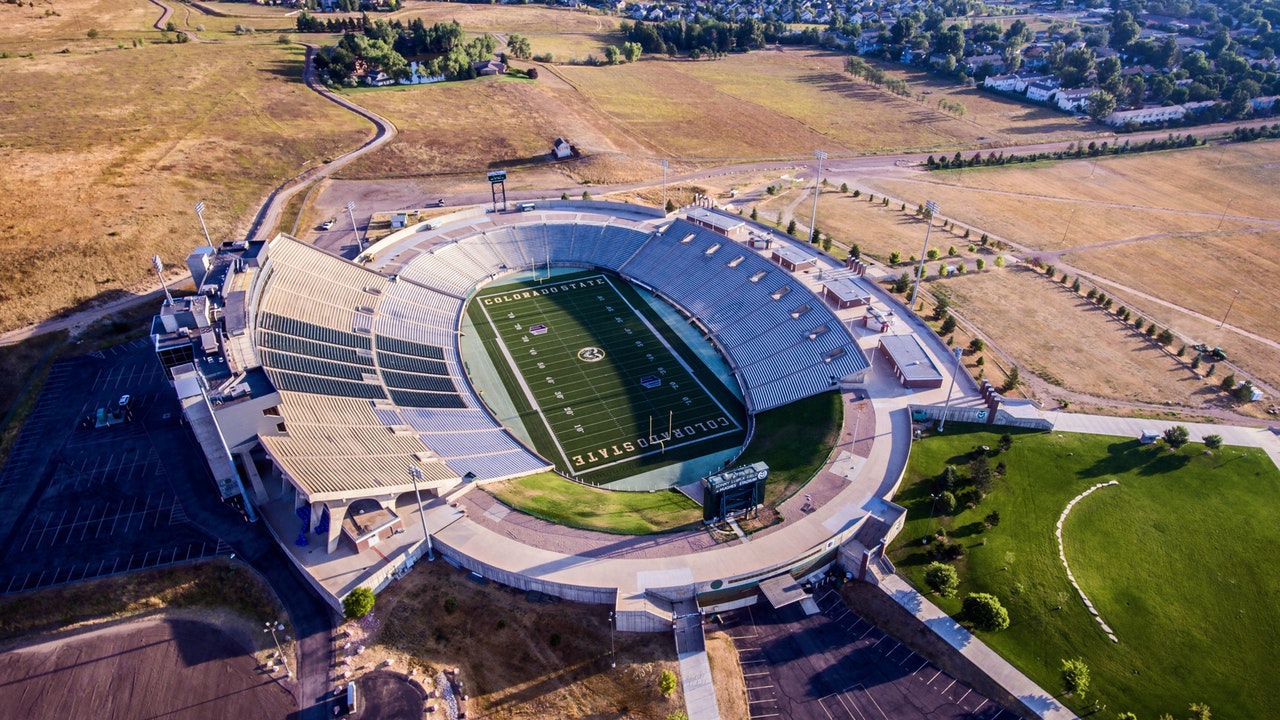

Few sports injuries have eluded us as long as concussions. We’ve always known that concussions were potentially harmful, but the more we learn about them, the more harmful they seem to be. Thankfully, we’re entering a new era of awareness and prevention that’s helping us solve the concussion problem once and for all.
The biggest problem we face is limited awareness of what concussions are, how they should be treated, and how frequently they actually occur. A concussion is an immediate trauma-related paralysis of the brain’s nervous function. Usually occurring after a significant blow to the head, or a collision of the head with an unmoving object, the term “concussion” only refers to one of eight different types of traumatic brain injury (TBI).
Concussions have been hard to study in part because of the split between their immediate and secondary effects. The primary injury appears much like any other head injury, and is sometimes very minor in nature. However, secondary injuries can occur hours to days after the initial trauma, and may not be immediately traceable to the initial impact. These secondary effects are responsible for several long-term effects, including brain damage, cognitive defects, biochemical changes in the body, and even psychosocial or behavioral changes.
Until recently, scientists have underestimated both the long-term effects of concussions and their prevalence in common sports. One recent study suggests that about 20 percent of teens have had a concussion at some point. And today, scientists understand that repeated TBIs drastically increase the chances of significant long-term damage.
This increased awareness has several important effects:
Fortunately, there are several technologies rolling out to make sports safer and improve TBI outcomes:
Our technology in concussion prevention, recognition, and response still has a long way to go before we can definitively end the threat of concussions among sports players, but the advancements we’ve made so far has already improved thousands of lives. Understanding the severity of concussions, learning to recognize the signs, and taking preemptive measures to reduce their impact are the best things we can collectively do to reduce their impact—and fortunately, we have better technology to help us do it all.
If you are interested in even more technology-related articles and information from us here at Bit Rebels then we have a lot to choose from.
Pinterest and Instagram have flooded our timelines and head spaces, exposing us to awe-inspiring designs…
In this article, we’ll discover a Custom CRM, why it’s crucial for groups, and what…
Efficiency in business operations directly impacts growth and customer satisfaction. Businesses today require seamless transaction…
When your truck needs repairs, choosing the right aftermarket parts can mean the difference between…
The healthcare industry is at a crossroads. As technology continues to revolutionize the way we…
Dennis Pappas is a landscape architect with a clear mission—make cities greener, healthier, and more…